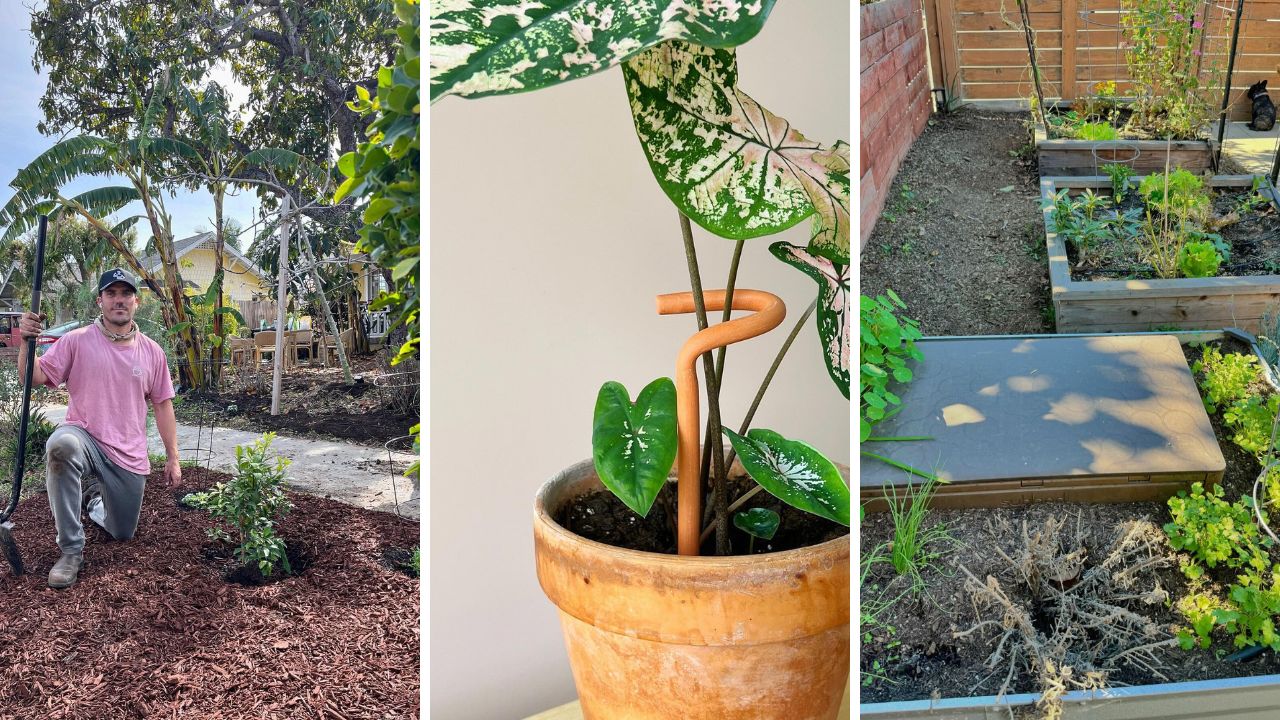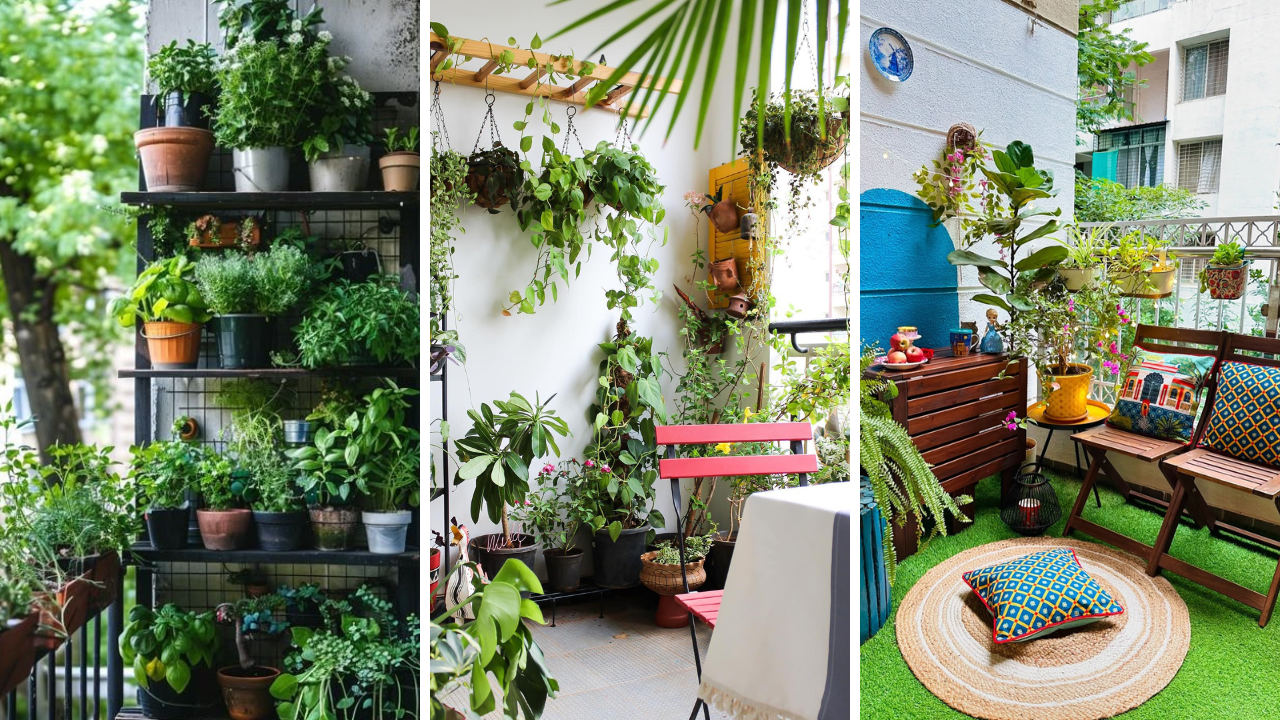
Gardening has been a passion of mine for as long as I can remember. Over the years, I’ve learned a treasure trove of techniques—some through trial and error, others through sage advice from seasoned gardeners. Today, I’m thrilled to share 25 practical gardening tips that have worked wonders for me and can transform your garden into a flourishing haven. Whether you’re a newbie or a seasoned gardener, these insights will help you achieve success faster than you thought possible. Let’s dive right in!
1. Test Your Soil

Source @earthfortllc
Healthy plants start with healthy soil. One of the first things I do before planting is test my soil’s pH and nutrient levels. You can grab an affordable soil test kit online or from your local garden center. Once, I discovered my soil was too alkaline, and adjusted it with sulfur to grow vibrant hydrangeas. Knowing your soil is like understanding your garden’s DNA. This knowledge ensures the right foundation for any plant you’re growing.
2. Use Compost Like Gold

Source @goldenbrowntas
Compost is the lifeblood of a thriving garden. I’ve found that mixing kitchen scraps, yard waste, and even coffee grounds creates nutrient-rich compost that boosts plant growth. Once, my tomato plants were struggling, but after adding a layer of homemade compost, they turned lush and productive within weeks. Compost also improves soil texture, making it easier to work with.
3. Mulch to Retain Moisture

Source @mysaws
Mulching has saved my plants during sweltering summer months. I use wood chips, straws, or even shredded leaves to cover the soil around plants. This not only locks in moisture but also suppresses weeds and regulates soil temperature. A thick layer of mulch also protects roots during cold snaps, making it an all-season gardening essential.
4. Rotate Your Crops

Source @ishamba_ltd
If you’re into vegetable gardening, crop rotation is a must. Planting the same crops in the same spot year after year invites pests and depletes soil nutrients. I rotate my tomatoes, beans, and leafy greens to keep the soil balanced and pests at bay. For instance, growing legumes can restore nitrogen levels, preparing the soil for nutrient-hungry crops like corn the following year.
5. Invest in Quality Tools

Source @gardentools_australia
Gardening is much easier with the right tools. After struggling with cheap trowels that bent under pressure, I splurged on a high-quality stainless steel set. It’s a game-changer—no more frustration, just smooth digging. A sharp pair of pruning shears and a sturdy wheelbarrow are also worth the investment for more efficient gardening tasks.
6. Water Early in the Morning

Source @gardenworkscanada
Watering early in the morning minimizes evaporation and allows plants to absorb moisture before the heat kicks in. I learned this the hard way when my afternoon watering routine left plants parched. Early watering also reduces the risk of fungal diseases, as the leaves have time to dry before nightfall.
7. Prune with Precision

Source @woodlandtools
Pruning scared me at first. I worried I’d overdo it. However, trimming dead or overcrowded branches allows plants to focus energy on healthy growth. My roses bloom profusely now, all thanks to regular pruning sessions. I’ve even experimented with espalier techniques for fruit trees, which combine pruning and training branches for better yield and aesthetics.
8. Companion Planting

Source @figarosgarden
Certain plants thrive together. I’ve paired marigolds with tomatoes to deter pests and grown basil near peppers for better flavor. Companion planting creates a mini ecosystem that boosts overall garden health. Sunflowers, for example, make excellent trellises for climbing beans, while also attracting pollinators.
9. Start with Native Plants

Source @nativeplantproject
Native plants adapt better to local conditions, making them easier to grow. When I added native wildflowers to my garden, they thrived with minimal effort and attracted pollinators like bees and butterflies. They’re also more resistant to local pests and diseases, reducing maintenance time and effort.
10. Don’t Underestimate Raised Beds

Source @reshgala
Raised beds have revolutionized my gardening game. They improve drainage, prevent soil compaction, and make planting more accessible. My spinach and lettuce grow twice as fast in raised beds compared to traditional ground planting. Raised beds also warm up faster in spring, giving you a head start on the growing season.
11. Use Eggshells for Calcium

Source @Garden Tips & Tricks
Crushed eggshells are a fantastic natural source of calcium. I sprinkle them around my tomato plants to prevent blossom end rot. It’s a simple trick that’s saved many of my harvests. They also work as a mild pest deterrent when scattered around seedlings.
12. Embrace Drip Irrigation

Source @refreshappalachia
I installed a drip irrigation system last year, and it’s been a game-changer. It delivers water directly to the roots, conserving water and reducing fungal diseases caused by overhead watering. For container plants, I use self-watering pots to achieve similar efficiency.
13. Grow Herbs in Containers

Source @brookfieldgardens
Herbs like basil, mint, and cilantro thrive in containers. I keep mine near the kitchen for easy access. Plus, container gardening makes it easier to control pests and soil quality. I’ve even grouped herbs with similar watering needs in decorative pots for a functional and stylish touch.
14. Feed Your Soil, Not Just Your Plants

Source @baileysgrowgardens
Chemical fertilizers can be tempting for quick results, but they often harm soil health. I focus on organic solutions like compost tea and worm castings to nourish the soil long-term. Feeding the soil ensures that your plants get a steady supply of nutrients over time, improving overall garden resilience.
15. Plan for Pollinators

Source @plantsforpollinators
Bees, butterflies, and hummingbirds are essential for a productive garden. I plant nectar-rich flowers like lavender and sunflowers to attract these hardworking helpers. I’ve also built a small bee house to encourage solitary bees, which are incredible pollinators.
16. Practice Succession Planting

Source @umainegardens_tidewaterfarm
To maximize harvests, I plant crops in succession. For example, after harvesting lettuce, I sow beans in the same spot. This ensures I’m using my garden space efficiently year-round. Succession planting also keeps pests guessing, reducing infestations.
17. Use Recycled Containers

Source @project_rootsaz
Old buckets, wooden crates, and even broken teapots make unique planters. I once turned an old wheelbarrow into a portable herb garden, adding charm and functionality to my space. Reusing items is eco-friendly and adds a personal touch to your garden.
18. Control Pests Naturally

Source @growyourownvegetablesofficia
I avoid chemical pesticides whenever possible. Instead, I use neem oil, introduce beneficial insects like ladybugs, and plant pest-repellent herbs such as garlic and chives. Companion planting with pest-deterring flowers like nasturtiums has also been effective in keeping aphids away.
19. Label Everything

Source @cngfarming
When I first started gardening, I often forgot what I’d planted where. Now, I use popsicle sticks or decorative markers to label plants. It saves confusion and adds a touch of personality to the garden. I’ve even experimented with DIY chalkboard labels for a rustic vibe.
20. Harvest Regularly

Source @pvfgs_willamettevalley
Frequent harvesting encourages plants to produce more. I’ve noticed my zucchini and green beans yield significantly more when I pick them regularly. Harvesting also prevents overripe fruits and vegetables from attracting pests.
21. Provide Proper Spacing

Source @plantagreenhouses
Crowded plants compete for nutrients and air circulation, leading to stunted growth and diseases. I follow spacing recommendations on seed packets, and my plants thank me for it. Wider spacing also makes it easier to weed and water effectively.
22. Install a Rain Barrel

Source @mylittlekatecod
Collecting rainwater is an eco-friendly way to water your garden. I installed a rain barrel last year, and it’s been a cost-effective solution for my watering needs. Rainwater is free of the chemicals often found in tap water, making it gentler on plants.
23. Experiment with Vertical Gardening

Source @plantseads
Short on space? Vertical gardening is the answer. I’ve grown cucumbers, peas, and even strawberries using trellises and wall-mounted planters. Vertical gardens also add an artistic element, turning fences and walls into lush, green canvases.
24. Know When to Stop Fertilizing

Source @dutchsaskatoon
Over-fertilizing can do more harm than good. I once overfed my cucumbers, resulting in lush foliage but no fruit. Now, I stick to a balanced feeding schedule. For flowering plants, I reduce fertilizer as soon as buds appear to encourage blooms instead of excess leaves.
25. Recycle Grass Clippings

Source @mtlebanonmagazine
Grass clippings make excellent mulch. I spread them thinly around plants to retain moisture and add nutrients as they decompose. Be sure to use clippings from untreated lawns to avoid introducing harmful chemicals.




